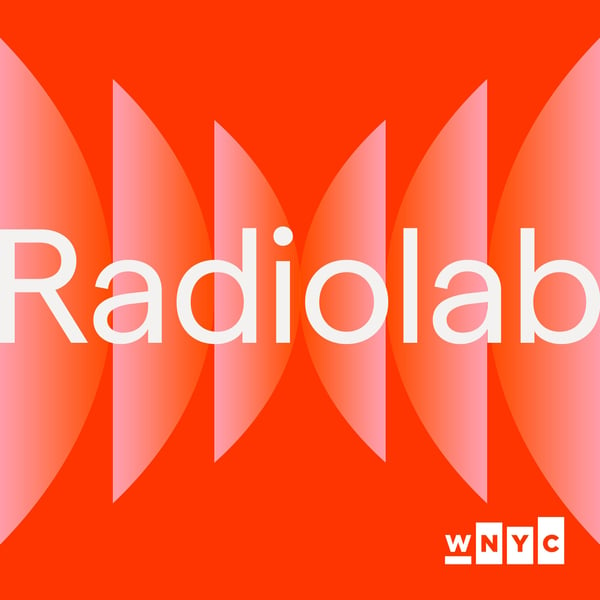The Darkest Dark
Radiolab
WNYC Studios
4.6 • 43.5K Ratings
🗓️ 17 January 2025
⏱️ 27 minutes
🧾️ Download transcript
Summary
Transcript
Click on a timestamp to play from that location
| 0:00.0 | Hey, Soren here, the executive editor of Radio Lab. |
| 0:04.0 | Most of you probably already know that we launched a competition to name one of our Earth's quasi-moons, |
| 0:08.0 | these little moon-ish but not exactly moon-like bits of rock that hang out around our planet. |
| 0:13.0 | And we now have a winner. |
| 0:15.0 | We got a bunch of names in, you all voted on them, and we picked one. |
| 0:20.0 | Which means that we, well, really most of you, |
| 0:22.9 | if you submitted a name or even voted, have named a heavenly body. It's the first time |
| 0:28.9 | anything like that has ever happened to me personally. But to see the winner, you can now go |
| 0:32.9 | to radio lab.org slash moon, check out the name and sit in that strange, dreamy feeling that we all helped to name a celestial body. |
| 0:43.3 | Thanks for listening. |
| 0:44.5 | Thanks for participating. |
| 0:46.0 | And enjoy the show. |
| 0:50.0 | Wait, you're listening. |
| 0:51.4 | Okay. |
| 0:52.7 | All right. |
| 0:53.7 | Okay. All right. You're listening? Okay. All right. Okay. |
| 0:55.3 | All right. |
| 0:56.7 | You're listening to Radio Lab. |
| 0:59.7 | Radio Lab. |
| 1:00.2 | From W. N. Y. |
| 1:02.2 | C. |
| 1:03.1 | See? |
... |
Please login to see the full transcript.
Disclaimer: The podcast and artwork embedded on this page are from WNYC Studios, and are the property of its owner and not affiliated with or endorsed by Tapesearch.
Generated transcripts are the property of WNYC Studios and are distributed freely under the Fair Use doctrine. Transcripts generated by Tapesearch are not guaranteed to be accurate.
Copyright © Tapesearch 2025.

